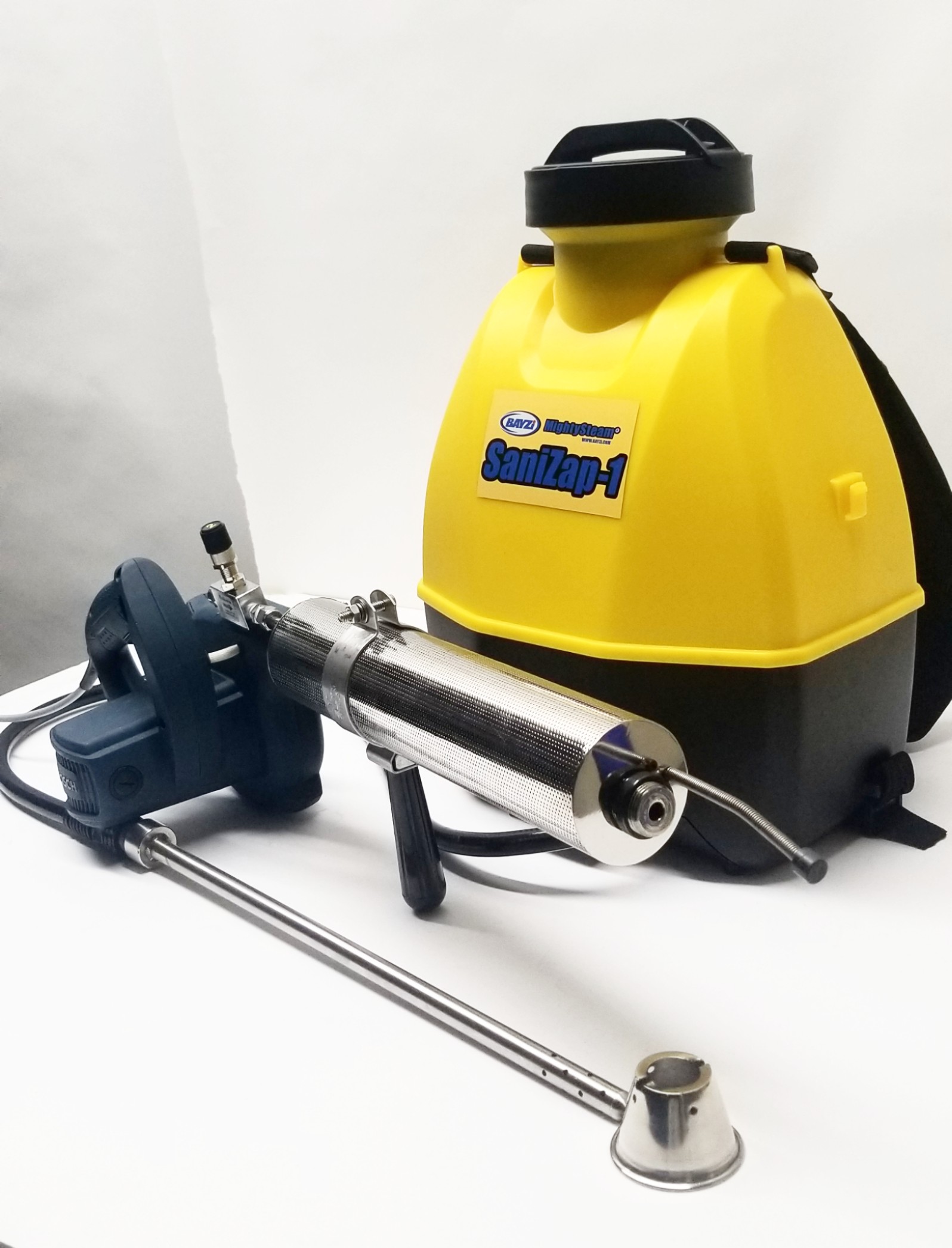Killing Bed Bugs Organically
Eliminating Bugs
Bed bugs are a stubborn pest. Bed bugs and their larvae are resistant to many pesticides, making elimination more difficult than other pests such as cockroaches and ants. Bed bugs also love to hide, so environments with clutter provide numerous spots for bed bugs to avoid traditional pesticides. There are some alternatives to chemicals, including Bayzi’s new MightySteam™ tool, capable of killing bed bugs and their eggs with less than 1 second of residence time. The MightySteam® is safe, leaving behind no harsh chemical residues, and eliminates bed bugs with ease. Bayzi products are not tested against other methods, and use should often be thought of as being complimentary. A common concern among consumers relates to the toxicity of pesticides and their impact on sensitive groups such as children, the elderly and pets. With the MightySteam®, it is possible to control or eliminate bed bug infestations without using dangerous chemicals. Available alternative options include specialized heat treatments, super-freezing CO2 treatments, using all natural powders like diatomaceous earth and the use of superheated steam. Each application has particular strengths and weaknesses, with the main factors being cost, intrusiveness, and efficacy.
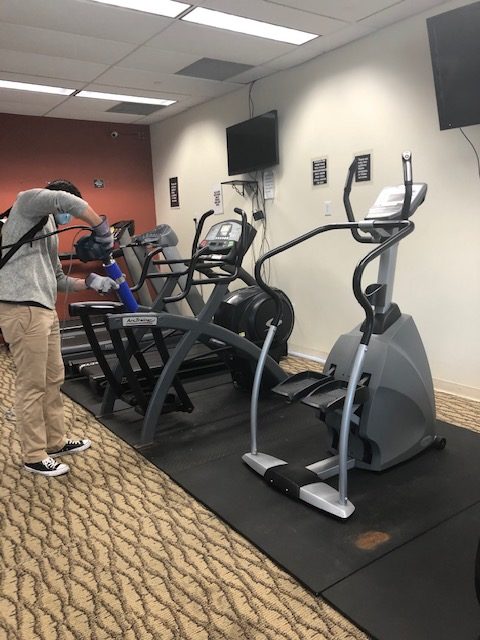
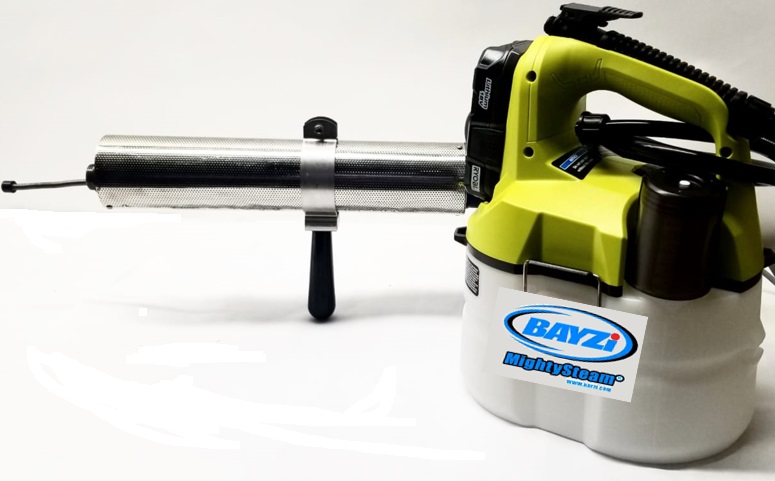
Removing Clutter and Vacuuming
Before applying any treatments for bed bugs, it is essential to eliminate any potential hiding places, because bed bugs love to burrow into hidden spaces. Removing any necessary boxes, clothes and general clutter will make locating and eliminating bed bugs a more straightforward process.
Vacuuming removes molted bed bug skins, fecal matter and even living bed bugs, but not their eggs, which are cemented in place. Vacuuming also removes bed bug related debris, allowing for easier inspection and a more accurate representation of the magnitude of the infestation. After vacuuming, always remember to remove and dispose of the vacuum cleaner’s bag immediately. Any bugs inside of the container may escape and re-establish themselves on the property.
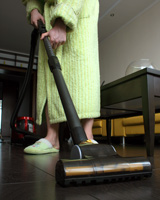
Pressurized Carbon Dioxide Snow
Some pest management companies are testing the application of super-cold CO2. Technologies such as Cryonite™ feature a pressurized cylinder that blows a super cold -108°F mist throughout the property. The pressurized CO2 freezes bed bug shells, causing instant death. CO2 isn’t particularly dangerous when applied correctly, but the property must be vacated for a period while the process takes place. Treatments will eliminate a majority of bed bugs and their eggs, but in many cases, the temperatures aren’t cold enough to permeate throughout furniture and mattresses, leaving some bedbugs behind. Because of this reason, pressurized CO2 treatments are typically applied in conjunction with another treatment.
Diatomaceous Earth
Diatomaceous earth is a super fine powder made of ground up microorganisms called diatoms. It works by piercing the bed bug’s exoskeleton and causing them to dry out and die after several days. As long as food grade diatomaceous earth is used, it poses no immediate danger to inhabitants so that it may be left in affected areas without fear of poisoning humans or pets. Diatomaceous earth kills bed bugs, but only if they walk through it. Several unscientific studies have shown bed bugs will walk around the diatomaceous earth if given the option, potentially reducing the efficacy of this solution. Diatomaceous earth also does not instantaneously kill bed bugs; it takes some days after their initial exposure for the bed bug to die. Also, diatomaceous earth does not eliminate bed bug eggs, so it must be used in conjunction with another treatment option, such as heat, super-cold or steam to eliminate a property’s bedbug infestation fully.
Heating Systems
Bed bugs have a thermal death point of 115°F, and their eggs die at 122°F. Companies have recently started using an assortment of electric, propane, and diesel-fueled heaters to raise an infested property’s temperature to 135°F to kill bed bugs. This is done through a collection of ducts run throughout the premises and constant monitoring of the property with temperature probes. A typical treatment requires vacating the property for at least 8 hours because of the high temperatures needed to eliminate bed bugs. 135°F is hot enough to damage or destroy some electronic devices, so a walkthrough must be done before treatment to ensure susceptible devices are removed from the property before treatment begins. Also to be considered is the type of heaters being used. Most heaters require the use of propane fuel or noisy external generators for their high power consumption. Consult with your landlord or homeowners association to ensure that the heaters being used are within noise regulations. Safety is a moderate issue any time a combustible gas is used, so care should be taken. Residences have caught fire from improper operation of devices. Heat treating is possibly the most effective method of eliminating bed bugs, but cost and time are significant factors. Of all methods, heat is the most expensive, with the initial capital costs for heaters typically in the $15,000 range, with the top of the line systems approaching $100,000. Also to consider is the time it takes to apply the treatment, with setup, teardown and treatment times approaching 8 hours. These costs lead to a higher per treatment cost, typically around $1000 for most properties.

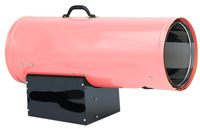
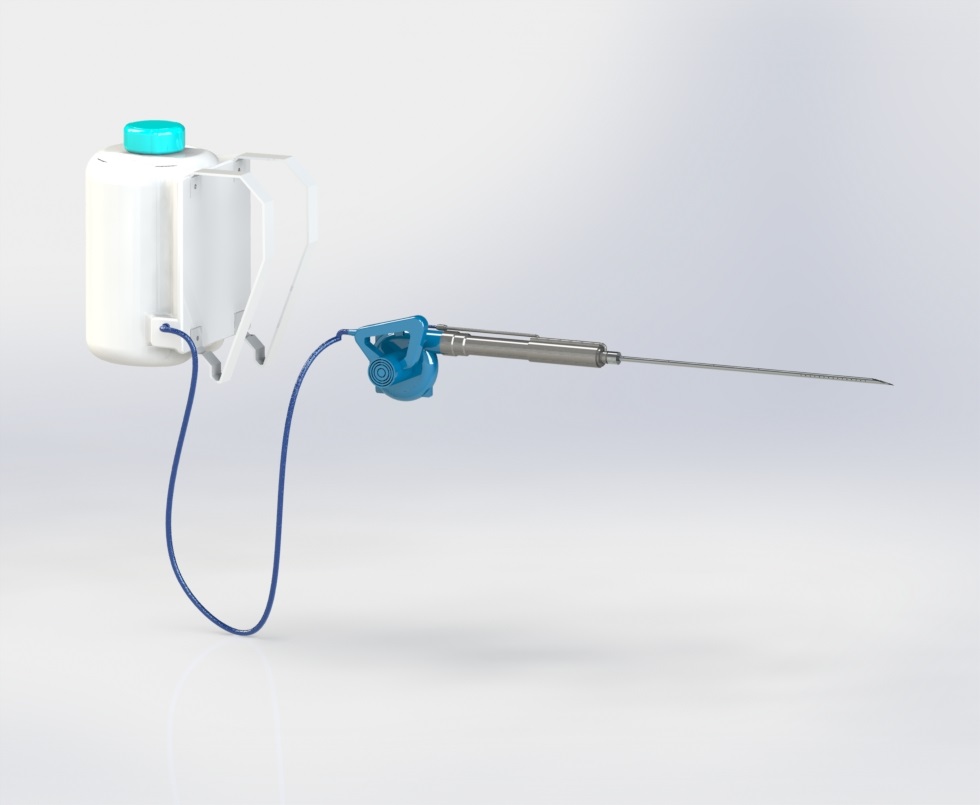
Steam
The thermal energy held in steam has long been believed to be capable of killing bed bugs, but most steamers with high moisture contents leave behind large quantities of excess moisture. As technology has improved, superheated steam with a low moisture content has become a viable option for eliminating bed bugs. MightySteam™ reaches temperatures of over 572°F without leaving behind pools of water (regardless any condensed water should be mopped quickly while following all safety instructions). With such superheated steam, the thermal energy is enough to kill bed bugs and their eggs instantly. With superheated steam, the residence time to reach bed bugs’ thermal death point is minimized, allowing for quicker treatments and more thorough applications. Superheated steam is incredibly effective at killing bed bugs and their eggs that are exposed to the steam, but it won’t kill the bed bugs that you do not see.
For this reason, it is essential to be thorough in treatments, and possibly have a second or third check-up visits to ensure that all bed bugs are eliminated. The cost benefits of superheated steam are the main draw. There are moderate initial capital costs for a device such as the MightySteam™, and operation costs essentially equal to the value of labor make superheated steam a cost-effective manner of control. Quiet operations requiring just water and a standard electric outlet make this one of the least intrusive and appealing options for most users.
To Be Considered
Most non-steam treatments don’t offer great residual protection against bed bugs. The property owner or resident should be proactive and avoid reintroducing bed bugs from an external source. Safety is paramount, so no matter which organic or steam method you choose, please read all MSDS/instructions, wear the appropriate PPE and contact a trained professional when in doubt.
Sources: Non-Chemical Bed Bug Management – Dini M. Miller, Ph.D., Department of Entomology, VA Tech

